Choice and non-coordination behavior in a global and local information setting: a computational approach

This work is licensed under a Creative Commons Attribution-NonCommercial-NoDerivatives 4.0 International License.
Main Article Content
Main Article Content
Abstract
This paper studies conformity effects on individual choice when both local and global information are present. A standard discrete choice model that incorporates the social interaction effect to assign choice probabilities to agents is studied. The model is analyzed by using computational simulations. Agents are dispersed in a two dimensional toroidal lattice and they can gather information either from their von Neumann neighbors or from the whole community of agents. Agent heterogeneity is introduced through diversity in private incentives among agents. The main results of the simulations show that the effects of global and local information can produce conflicting informational data streams in agents, making it likely that unstable and volatile aggregate choice emerges. Likewise, the results indicate that the interaction between global and local information affects the shape of the distribution of the size of informational cascades.
Article Details
References
Albin, Peter S., 1998, Barriers and Bounds to Rationality. Princeton University Press, Princeton.
Arthur, Brian W., Steven N. Durlauf and David A. Lane (eds.), 1997, The Economy as an Evolving Complex System II. Addison-Wesley, Reading.
Becker, Gary, and Kevin M. Murphy, 2001, Social Economics: market behavior in a social environment. Harvard University Press, Harvard.
Blume, Larry, 1993, «The Statistical Mechanics of Strategic Interaction». Games and Economic Behavior, n. 4, pp. 387-424.
Brock, William A., and C. H. Hommes, 1997, «A Rational Route of Randomness». Econometrica, n. 65, pp. 1059-1095.
Brock, William A., and Steven N. Durlauf, 2001, «Discrete Choice with Social Interactions». Review of Economic Studies, n. 68, pp. 235-260.
Brock, William A., and Steven N. Durlauf, 2003, «Multinomial Choice with Social Interactions». National Bureau of Economic Research, Working Paper n. 288.
Carroll, Christopher D., 2003, «The Epidemiology of Macroeconomic Expectations». Paper originally presented at the Santa Fe Institute conference on Economy as an Evolving System III, November 2001.
Epstein, Joshua M., 2001, «Learning to Be Thoughtless: Social Norms and Individual Computation». Computational Economics, n. 18, pp. 9-24.
Epstein, Joshua M., and Robert Axtell, 1996, Growing Artificial Societies. MIT Press, Cambridge.
Glaeser, Edward L., and José A. Scheinkman, 2001, «Measuring social interactions». In Social Dynamics, edited by Steven N. Durlauf, and Peyton H. Young, pp. 83-131. MIT Press, Cambridge.
Granovetter, Mark, 1978, «Threshold Models of Collective Behavior». American Journal of Sociology, n. 83, pp. 1420-43.
Granovetter, Mark, and Roland Soong, 1983, «Threshold Models of Diffusion and Collective Behavior». Journal of Mathematical Sociology, núm. 9, pp. 165-79.
Granovetter, Mark, and Roland Soong, 1988, «Threshold Models of Diversity: Chinese Restaurants, Residential Segregation and the Spiral of Silence». Sociological Methodology, n. 18, pp. 69104.
Maddala, G. S., 1994, Limited-Dependent and Qualitative Variables in Econometrics. Cambridge University Press, Cambridge.
Mantzavinos, C., Douglass C. North, and Syed Shariq, 2003, «Learning, Institutions and Economic Performance». Preprints of the Max Planck Institute for Research on Collective Goods, Bonn.
McFadden, Daniel, 1974, «Conditional Logit Analysis of Qualitative Choice Behavior». In Frontiers in Econometrics, edited by Paul Zarembka. Academic Press, New York.
Orléan, André, 1995, «Bayesian interactions and collective dynamics of opinion: Herd behavior and mimetic contagion». Journal of Economic Behavior and Organization, n. 28, pp. 257-274.
Schelling, Thomas C., 1978, Micromotives and Macrobehavior. W.W. Norton & Company, New York.
Suk-Young Chwe, Michael, 1999, «Structure and Strategy in Collective Action». American Journal of Sociology, n. 105, pp. 128-56.
Watts, Duncan J., 2002, «A Simple Model of Random Cascades on Random Networks». Proceedings of the National Academy of Sciences, n. 99, pp. 5766-5771.
Wilensky, U., 1999, NetLogo, Center for Connected Learning and Computer-Based
Modeling, Northwestern University, Evanston, IL., http://ccl.northwestern.edu/netlogo.
Young, H. Peyton, 1998, Individual Strategy and Social Structure. Princeton University Press, Princeton.








